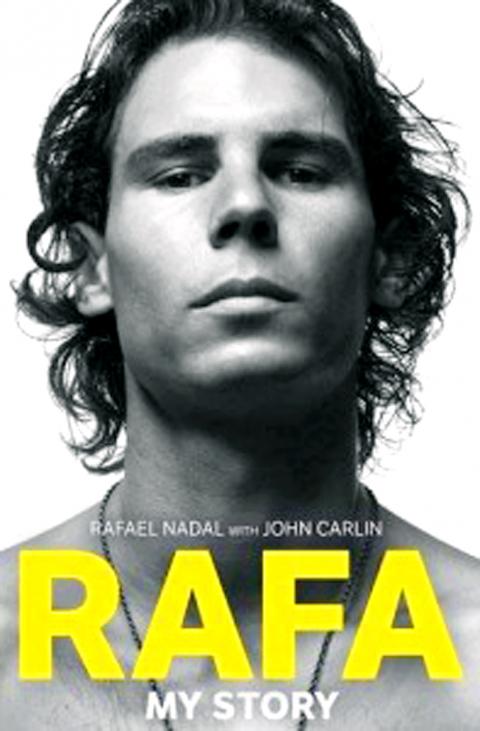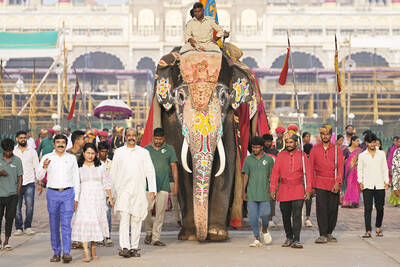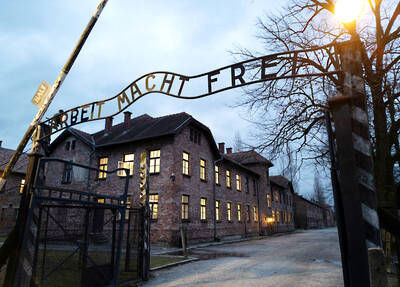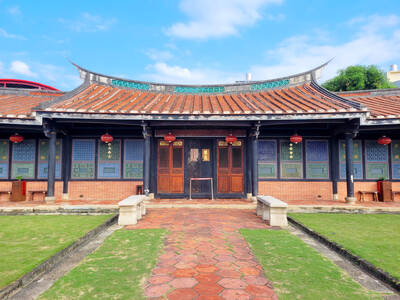In 2005, when he was 19, Rafael Nadal won the French Open — his first grand slam title. By any measure, it was an impressive achievement. Winning a grand slam is hugely difficult, whatever a player’s age (just ask Andy Murray). So one might have thought that Nadal’s coach, Uncle Toni, would have expressed delight at his victory. Not a bit of it. As Nadal records in his memoir, Toni informed him that he thought his opponent had played the better match and that he’d been lucky to win. The next day, Toni left him a handwritten note listing all the aspects of his game he needed to improve if he was ever to win another major tournament.
If Nadal displays little surprise in recounting this, then that’s because he has long been used to such behavior. Toni, a failed tennis player, began coaching him when he was a small boy. From the start, his approach was to treat his nephew with the opposite of favoritism: “It was always me ... that he got to pick up the balls, or more balls than the others, at the end of the training session.” The injustice evidently still rankles. When Nadal was 11, he won the Spanish under-12s national championship. He records his family’s delight, but “as usual it was Toni ... who spoiled the party.” Toni phoned up the Spanish Tennis Federation and got a list of the title’s previous 25 winners, which he read out to Nadal. Sure enough, most never went on to become famous players. “So, Rafael, don’t get too excited about today’s victory,” Toni warned. “There’s still a long, hard road ahead.”
In other circumstances, such treatment might seem vindictive and callous. But as Nadal’s memoir makes clear, Toni’s bullying was part of a grand strategy for turning his nephew into a tennis machine, capable of directing every possible resource to the task of winning. And it’s hard to deny that his method worked. Nadal, still only 25, is already thought by some to be the best player ever. What’s true, moreover, is that his effectiveness is based not so much on innate talent as a superhuman toughness that is as much mental as physical. Nadal simply doesn’t seem to get affected by the setbacks that befall other players in the course of a match. In a revealing passage, Nadal’s physical trainer, Joan Forcades, is quoted as saying that tennis is all about “resolving emergencies, one after the other.” Nadal often gives the impression of having been custom-built to withstand such pressure. Adversity, far from weakening him, merely strengthens his resolve.

Rafa: My Story is an unconventional memoir in that it is written in a language — English — which he speaks poorly, as anyone who has seen him interviewed knows. Presumably, the ghost writer, Invictus author John Carlin, talked to him in Spanish before subjecting his words to a simultaneous process of translation and buffing up. The strategy isn’t a bad one, because the finished product reads pretty fluently. The ghost’s invisibility is compromised in another way too: Alternating with Nadal’s first-person account, which is structured round his five-set Wimbledon final against Roger Federer in 2008, are short third-person essays about different aspects of Nadal’s background or character. While these were no doubt prompted by the fear that Nadal’s unadorned narrative would be too skimpy, the end result is oddly effective, like a literary portrait in the round.
There are gaps: Nadal says next to nothing about his long-term girlfriend, Maria Francisco Perello (a Carlin interlude on “Rafa’s women” doesn’t really supply the deficiency), and nor does he talk about his ritual tugging of his shorts before he serves (a triviality, perhaps, but one it would have been sensible to at least mention). Overall, Nadal emerges as a decent, modest, intensely private man still struggling to escape from the shadow cast by his domineering uncle. For as this book reveals, Nadal’s gladiatorial on-court personality is a charade: On the inside, despite all his success, he remains the unconfident little boy convinced he will never be good enough.

A jumbo operation is moving 20 elephants across the breadth of India to the mammoth private zoo set up by the son of Asia’s richest man, adjoining a sprawling oil refinery. The elephants have been “freed from the exploitative logging industry,” according to the Vantara Animal Rescue Centre, run by Anant Ambani, son of the billionaire head of Reliance Industries Mukesh Ambani, a close ally of Prime Minister Narendra Modi. The sheer scale of the self-declared “world’s biggest wild animal rescue center” has raised eyebrows — including more than 50 bears, 160 tigers, 200 lions, 250 leopards and 900 crocodiles, according to

They were four years old, 15 or only seven months when they were sent to Auschwitz-Birkenau, Bergen-Belsen, Buchenwald and Ravensbruck. Some were born there. Somehow they survived, began their lives again and had children, grandchildren and even great grandchildren themselves. Now in the evening of their lives, some 40 survivors of the Nazi camps tell their story as the world marks the 80th anniversary of the liberation of Auschwitz-Birkenau, the most notorious of the death camps. In 15 countries, from Israel to Poland, Russia to Argentina, Canada to South Africa, they spoke of victory over absolute evil. Some spoke publicly for the first

When 17-year-old Lin Shih (林石) crossed the Taiwan Strait in 1746 with a group of settlers, he could hardly have known the magnitude of wealth and influence his family would later amass on the island, or that one day tourists would be walking through the home of his descendants in central Taiwan. He might also have been surprised to see the family home located in Wufeng District (霧峰) of Taichung, as Lin initially settled further north in what is now Dali District (大里). However, after the Qing executed him for his alleged participation in the Lin Shuang-Wen Rebellion (林爽文事件), his grandsons were
Due to the Lunar New Year holiday, from Sunday, Jan. 26, through Sunday, Feb. 2, there will be no Features pages. The paper returns to its usual format on Monday, Feb. 3, when Features will also be resumed. Kung Hsi Fa Tsai!